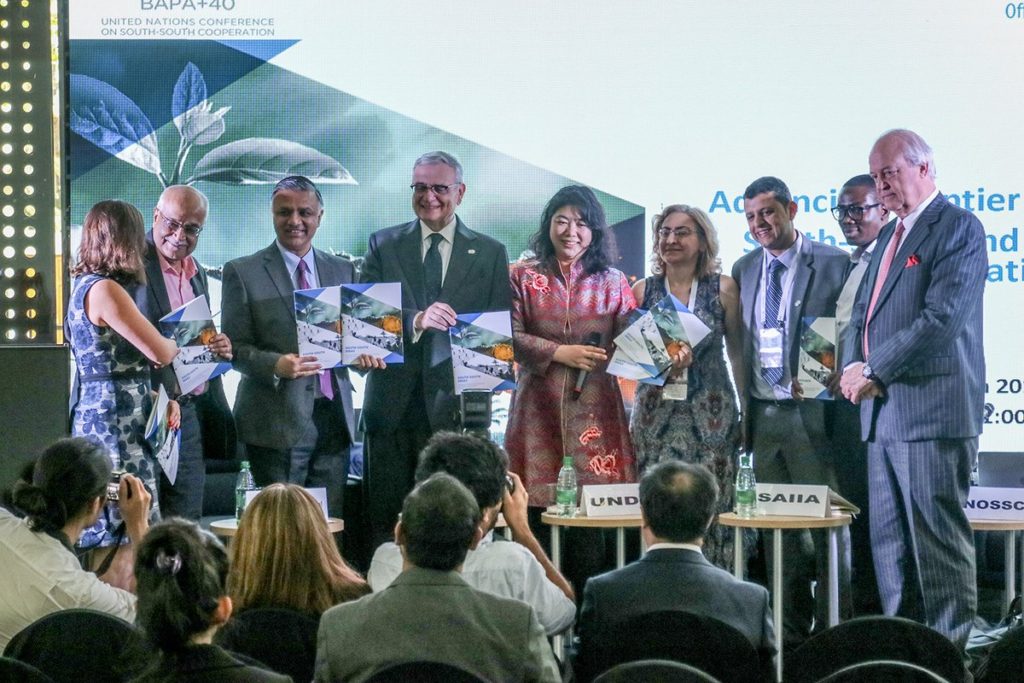Nigeria is Africa’s most populous country, with an estimated population of 190.9 million; it also has the largest economy, estimated at $376 billion in 2017 (World Bank, 2017). The economy hinges critically on the service sector, while oil is relied upon as the main source of foreign earnings. Despite its huge potential, Nigeria has failed to translate its resource endowment and strategic economic and demographic positions into sustained economic development. In fact, the country’s performance is abysmally low with regard to key development indicators. A portion (46 per cent) of its huge population is poor by World Bank definitions, and socioeconomic outcomes remain among the worst globally (World Bank, 2017). Specifically, Nigeria has the highest number of out-of-school children in the world (13 million in 2018), coupled with high rates of infant and maternal mortality (figure 1). Furthermore, the country suffers from inadequate and dilapidated infrastructure across the energy, housing and transport sectors. This is in relation to about $30 billion in budgeted spending for the 2018 fiscal year by the federal government, which reflects the enormous development financing challenges (Federal Ministry of Budget and National Planning, 2018). Despite these poor development indicators, the country has made modest progress in improving revenue streams, with recent developments in sectors other than oil such as the agriculture and mineral sectors.
Project Reports

March 21, 2019
South-South Ideas: South-South Cooperation Coherence in a Complex Assistance Framework for Development – The Case of Nigeria (2019)
Nigeria is Africa’s most populous country, with an estimated population of 190.9 million; it also has the largest economy, estimated at $376 billion in 2017 (World Bank, 2017). The economy hinges critically on the service sector, while oil is relied upon as the main source of foreign earnings. Despite its huge potential, Nigeria has failed to translate […]
Read →
Related
Nigeria Economic Update (Issue 29)
OPEC weekly basket
price decreased marginally from $45.95 on June 24, 2016 to $45.26 on July 1,
2016,while Nigerias bonny light fell by $1, from $48.90 to $47.91.
The apparent decline in crude oil price was driven by lingering market demand
uncertainty, following the unexpected Brexit referendum. More so, ease
in supply disruptions in Nigeria and Canada may have contributed to the
downward pressure on prices. Going forward, until there is greater regulatory
precision on global oil output levels, prices may likely remain stuck or continue
to exhibit a downward trend. Although, Nigerias fiscal constraints slightly
relaxed with oil production increasing in the review week (following repairs on
sabotaged pipeline channels), potential global crude oil oversupply threatens
governments revenues. However, oversupply threats could be reduced if there is
a consensus on oil production quotas in the upcoming OPEC meeting.
